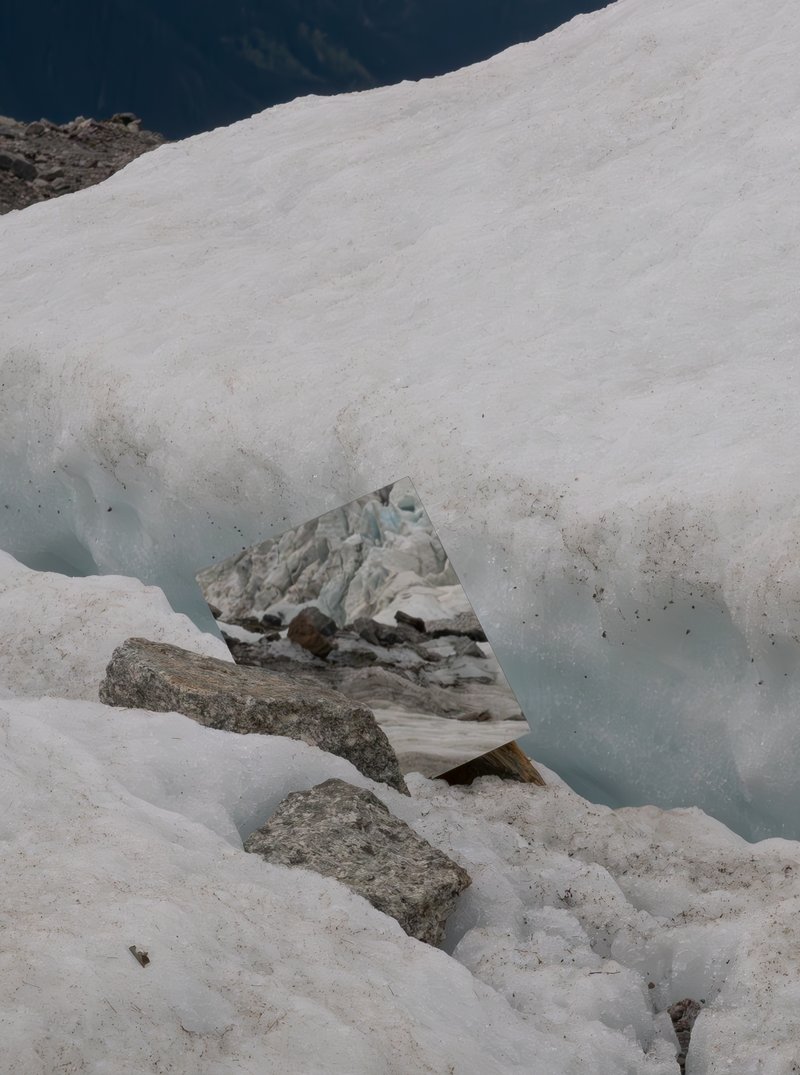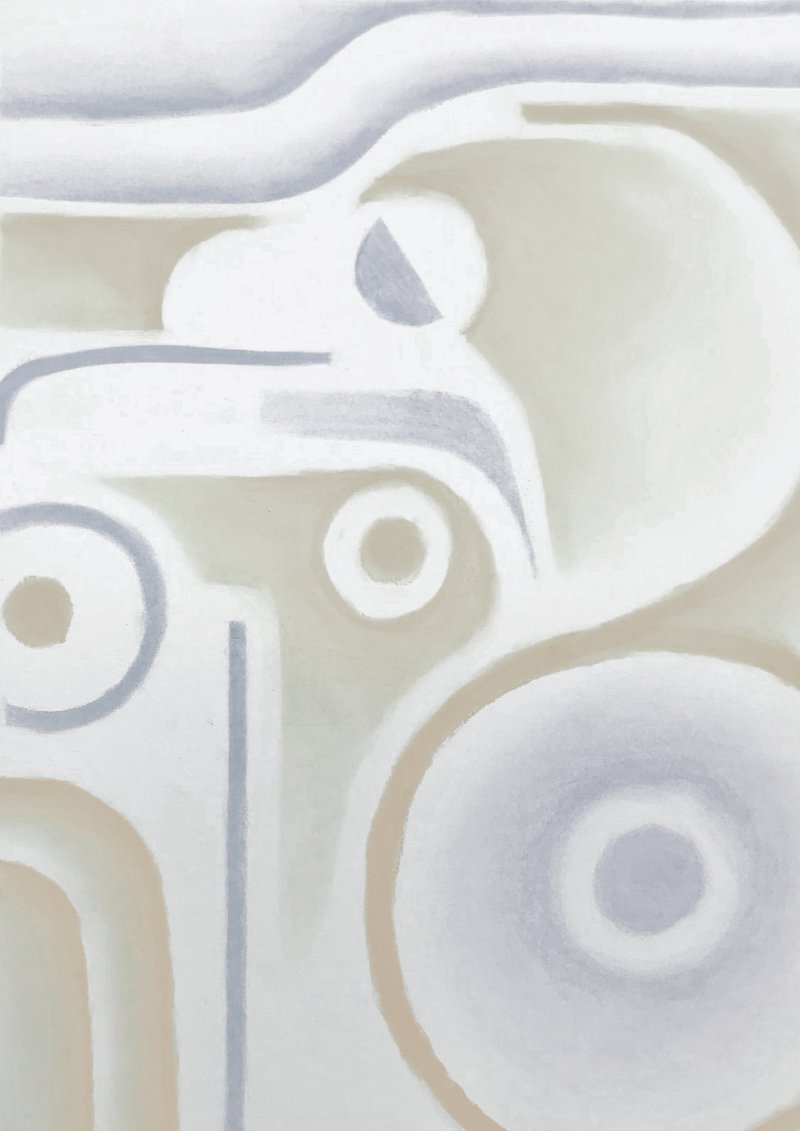To provide them with a better understanding of the Maison Vacheron Constantin and the world of Celestial Mechanics, students were invited to the Manufacture’s headquarters for a week-long introduction, and subsequently to the Geneva History of Science Museum for a “customised” visit.
Drawing on these inspirations and their extensive research, the students studied various means of representing time: using the sun to tell the time, illustrating the position of the stars in the sky or identifying the time the sun sets and rises by using an exact date and place.
Throughout the development phase, the students worked in multicultural teams. They were accompanied and guided by teams from ECAL, Vacheron Constantin and famous Italian designers from the Studio Formafantasma (Simone Farresin and Andrea Trimarchi).
Six different objects were born of this adventure, and have in common the technical challenge, creativity and a quest for excellence.
THE IMPRINT OF TIME
Sunbeams hit the magnifying glass and leave marks on thermal paper.
Fascinated by the light spot from the sun indicating the time on the astronomical ring, we wanted to create an object that would exalt this natural light and the energy it exudes. The phenomenon of the concentration of light with a magnifying glass was an instant source of inspiration. The light spot becomes so hot it burns the material against which it collides, leaving the mark behind. The paper rings thus become evidence of the passing days and retain the marks of sunny days, while leaving the white of cloudy days unmarked.
Maud Laurent (France), Jiwon Choi (South Korea), Naoto Suzuki (Japan)
GE462615
The engraved plaque illustrates the movement of the stars in real time, while the sound is the result of waves emitted by the same stars.
This visual and sound device inspired by the armillary sphere is a direct link with the sky and infinity. It is an invitation to a new way of telling the time which is based on the positioning of the zodiac constellations, in sidereal time which differs from the earthly temporal system. The engraved plaque indicates the position of the stars in the sky in real time for a given place (Geneva) and does a complete rotation every 23 hours and 56 minutes, which corresponds to the time that it takes the earth to rotate on its own axis (a sidereal day). With the help of French astrophysicist Sylvie Vauclair and composer Claude-Samuel Lévine, the device is accompanied by sound obtained from waves emitted by the visible stars. Once assembled and transformed, these waves create a symphony that comes straight from space.
Jenna Kaes (France), Renaud Meunier (Belgium), Weiji Wang (China)
HORIZON
An artificial light representing the sun can be moved around a graduated ring to indicate sunrise and sunset times on a given date in a given place.
Based on the armillary sphere, the project aims to reinterpret this antique instrument and to indicate the sunrise and sunset times throughout the year. In the Middle Ages, people thought that the earth was flat and in the centre of the universe, and that the sun rotated around the earth. We started with this belief to turn the horizon into a flat disc to which we added a sundial. The latter enables one to see the light moving slowly throughout the day in order to make the object simple and easy to understand.
Clément Beaugé (France), Jungyou Choi (South Korea)
DAWN AND DUSK
A mechanical system that indicates the time the sun sets and rises on a given date in a given place, while a sparkling dot representing the sun gives the hour in real time.
Deliberately positioned somewhere between a watch dial and an astrolabe, our concept consists of two mechanisms: the first, driven by a motor, tells the time in real time through a polished brass dot depicting the path of the sun. The second is a manual mechanism that provides a visual illustration of the night using a set of metal cut-outs that obscure the dial. These two pieces overlap or move apart according to the time of year. In winter, as the nights are longer, the dial is largely covered, while during summer, the dial is only slightly obscured. Thanks to this simple mechanism, sunrise and sunset times can be indicated in a very visual, educational manner.
Martin Bolo (France), Hyewon Lim (South Korea), Bongon Koo (South Korea)
DANCE OF THE STARS
The glass disc on which a map of the stars is engraved makes it possible to determine the exact position of the constellations on a given date.
Using the information provided by the astrolabe, we focused on the indication of the stars in the sky. We wanted to deconstruct this traditional metal object so as to endow it with a certain lightness reminiscent of the celestial dome. A silk panel representing the sky is hung over a rack. The latter is held to the ground by a rock, a metaphorical representation of the earth and gravity. By sliding the circle of the stars on which the months are written, one can align the date chosen with the time when one wishes to observe the stars. By superposing the layers, the stars engraved on the glass circle appear on the partly dyed blue silk.
Clarisse Mordret (France), Einat Kirschner (Israel)
EQUILIBRIUM
An engraved stone representing a city acts as a counterweight to create the exact latitudinal position on the mechanism, thereby thus making it possible to see the exact time with the help of sunbeams.
We based this on the archetypal pendulum clock that works using stones as counterweights to balance the mechanism. Using this reference, we wanted to reinterpret the astronomical ring in a more poetic version, thus telling the time with the help of a natural element – stone. This weight, attached to the end of the device creates an exact angle (latitude) on the mechanism. After adjusting the day and the month on a graduated tube, one can tell the time by the sunrays.
Pauline Masson (France), Hyunjee Jung (South Korea), Takahiro Yamamoto (Japan)



























